Peripheral arterial occlusive disease (PAD) results from the buildup of fatty deposits in the arteries, a condition called atherosclerosis. The fatty deposits cause narrowed arteries and blockages that carry blood from the heart to the legs, leading to peripheral artery disease.
Advanced Vein and Laser Center combines minimally invasive procedures with non-invasive diagnostic ultrasounds to improve the identification and treatment of common and complicated medical problems, including peripheral artery disease.
The vein specialist uses their knowledge of minimally invasive procedures to address these arterial and venous problems in the legs with a few needles and catheters, usually under local anesthesia in the doctor’s office, as opposed to hospital surgery under general anesthesia. The treatment helps one get back on their feet in a short time.
Compression Therapy Prescribed To People With PAD
One standard treatment used to improve blood flow in the lower legs is compression therapy. It usually involves using elastic stockings or wraps on legs, ankles, and feet compressed by the elastic.
This method helps minimize fluid and blood pooling and congestion in certain areas. Types of compression therapy devices include;
Compression Stockings
Compression stockings are a typical form of compression therapy for people with peripheral artery disease. Compression stockings improve blood flow in the veins of the legs because they gently squeeze the legs to move blood up the legs, preventing leg swelling and, to some extent, blood clots.
Most doctors recommend stockings to their patients with PAD or other venous diseases. However, they should prescribe the type of appropriate stockings for a patient depending on how bad their PAD symptoms are. Compression stockings come in a variety of styles;
- Pressure; intense to light pressure
- Lengths
- Colors
The compression stockings are designed to let the patient feel pressure around the ankles and less pressure in the upper part of the legs. Once patients have received their prescribed stockings, they should follow the instructions on how long they should wear the socks each day. Some may need to wear stockings all day.
Compression stockings should not wrinkle, and the knee socks should reach two finger widths below the back of the knee. One should wash the stockings daily with mild soap and water and replace the socks after 3 to 6 months to maintain the support.
Compression Bandages And Wraps
In first aid, elastic bandages are part of RICE therapy (rest, ice, compression, and elevation). Compression bandages are typically used for strains and sprains but can also prevent and treat PAD. It is essential to know how to properly apply compression bandages to ensure they are not too tight and restrict blood circulation.
The width of compression bandages can range from 2 inches to 6 inches. The wider the dressing, the more likely it is to cut off blood circulation. Choosing the right size for the body part is critical. The bandage should feel good but not so tight that it causes pain, discomfort, numbness, tingling, cold or blue fingers or toes.
Health providers recommend compression wraps instead of compression bandages for prolonged use. These are larger pieces of elastic fabric, usually fastened with a Velcro strap.
They provide consistent, uniform compression and are designed for larger areas of the body, such as the chest or thighs, and the legs. In addition, there are compression stockings and elastic sleeves in the form of tubes intended for more prolonged use.
Inflated Or Pneumatic Devices
Intermittent pneumatic compression (IPC) devices control blood clots in the deep veins of the legs. These devices use leg cuffs that press against the legs after being inflated with air. This method stimulates blood flow in the leg veins and prevents the formation of blood clots.
Types Of Vascular Compression
When a person’s blood vessels are subject to abnormal pressure, a series of diseases known as vascular compression syndromes develop, limiting blood vessel size and blood flow. Types of vascular compression include;
Left iliac vein compression, also known as May-Thurner syndrome, occurs near the pelvis and can lead to deep vein thrombosis. Most people with this condition are middle-aged women.
Median arcuate ligament syndrome (MALS) is a condition that affects the abdomen and is most noticeable when eating or exercising.
Left renal vein entrapment syndrome, also known as nutcracker syndrome, is an abdominal condition that can cause pain and blood in the urine.
Superior mesenteric syndrome is a digestive disorder that can be pretty debilitating.
Popliteal entrapment syndrome manifests in the legs and is most noticeable with physical exertion.
Thoracic outlet syndrome, in which one experiences pain near the collarbone and upper part of the chest.
Doctors prefer compression therapy over other options because it works best and improves the quality of life for people with many conditions. People who benefit from compression therapy are people with;
- The risk of getting ulcers on the lower legs and feet is higher in people with diabetes
- Varicose veins
- Impaired circulation.
Evaluations Of Compression Therapy
Compression therapy also has its opposing sides. Patients have been advised against compression therapy because of;
- Skin irritation
- Discomfort and pain
- Bacterial and fungal infections
- Swelling of the lower foot
- Damage to the nerves
- Damage to soft tissue
To minimize the pain associated with compression therapy, physicians often recommend the correct size of stockings and wraps for their particular condition and would provide instructions for their use. If some methods cause reactions, they should recommend other options to their patients.
Key Takeaways
Compression therapy will not prevent the patient from moving, as compression is best with exercise. In summary, compression therapy with compression stockings, bandages, wraps, and pneumatic devices is essential for people with circulatory disorders. Patients use compression therapy with the healthcare provider’s help to avoid further complications.
Contact Us to Discuss Your Vein Treatment in York
Want to discuss your treatment options with us? At the Advanced Vein and Laser Center, we listen to your condition and provide the best treatment option possible. Do not hesitate to give us a call today; while at it, ask as many questions as possible. Better yet, visit our website to learn more about our solutions.

Dr. Steven Heird, MD, is a distinguished specialist in the treatment of venous disease and vascular surgery. As one of the dedicated doctors at the Advanced Vein and Laser Center, located in York and Lancaster, Pennsylvania, Dr. Heird has made a significant impact in the field of vein care. His expertise and commitment to patient well-being have earned him a trusted reputation among his peers and patients. Dr. Heird’s work at the Advanced Vein and Laser Center reflects his passion for providing compassionate and effective vein care, improving the lives of those he serves with precision and care.

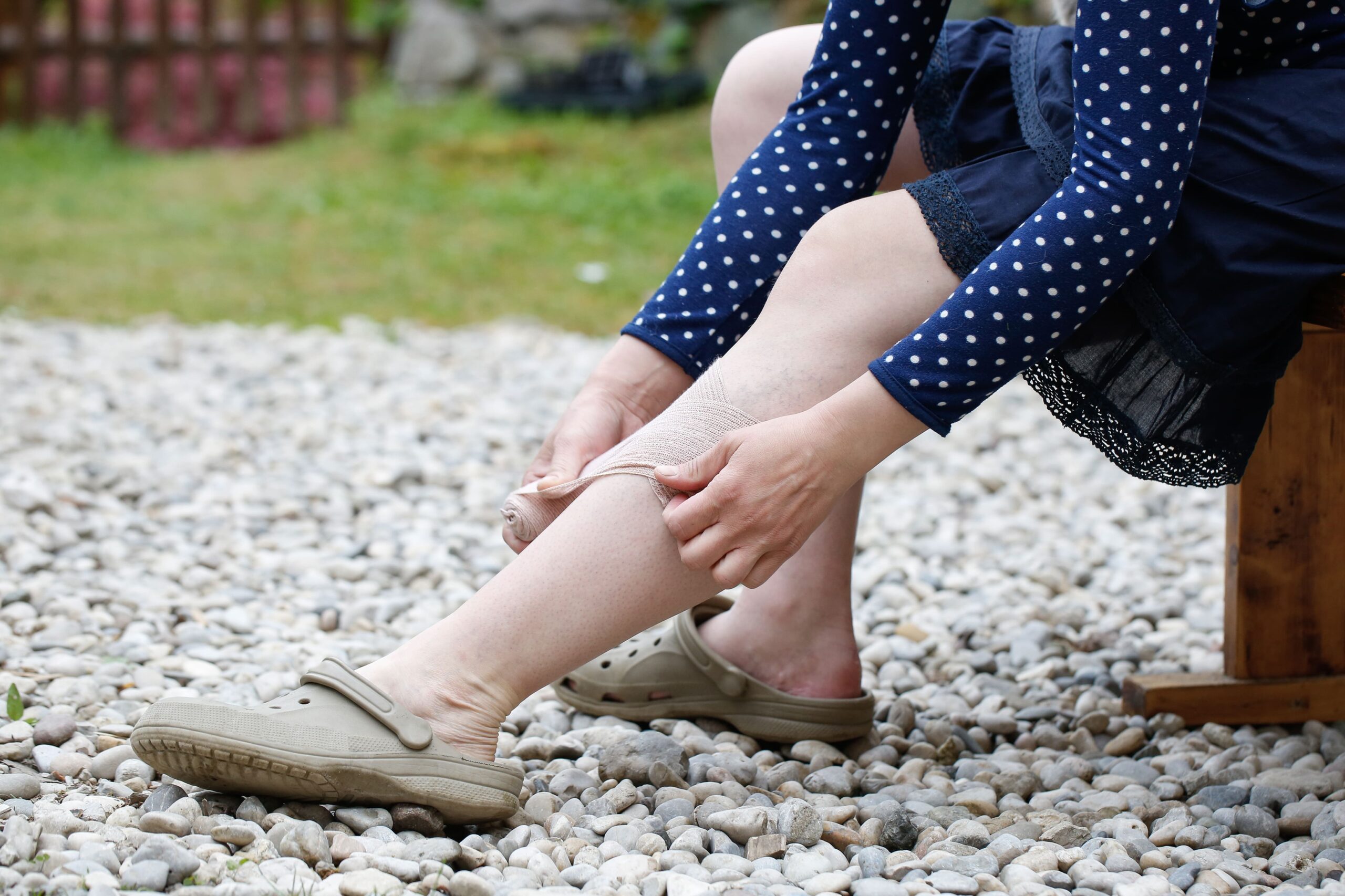
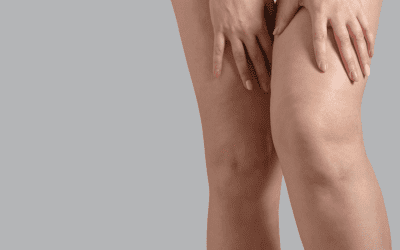

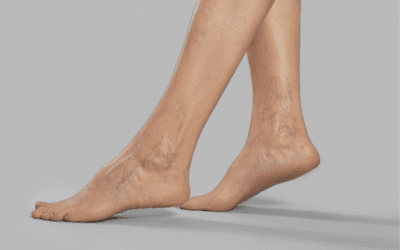
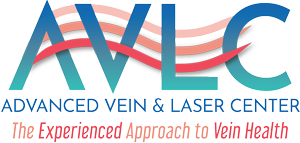
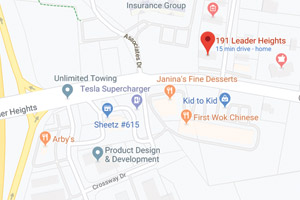
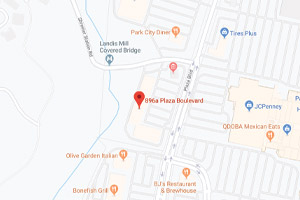
0 Comments